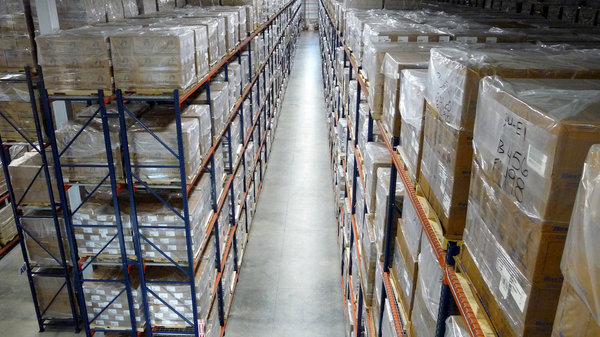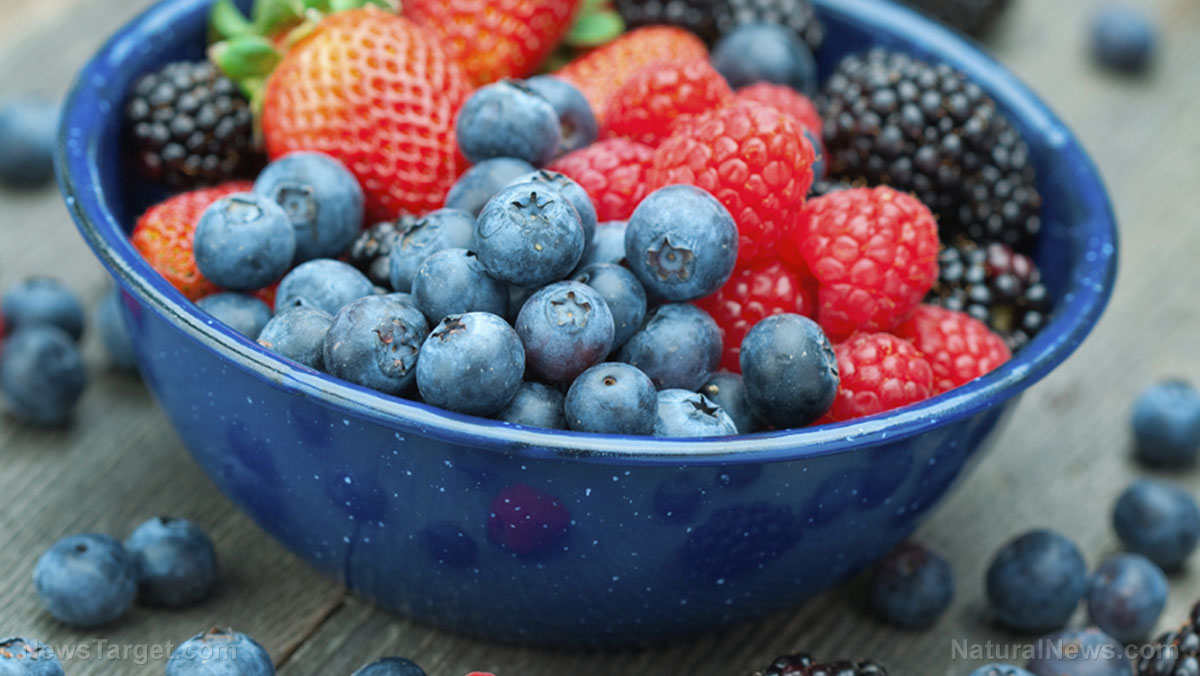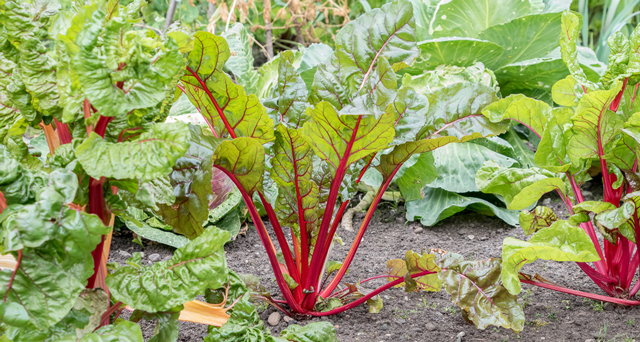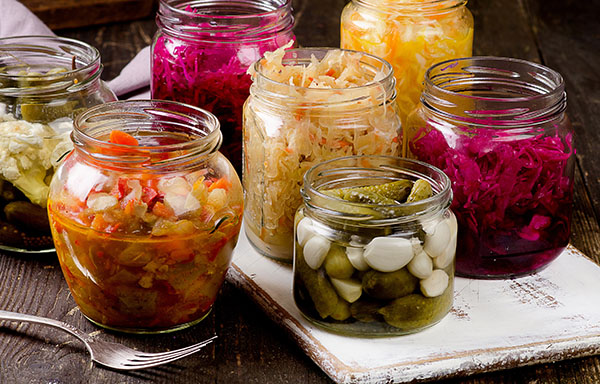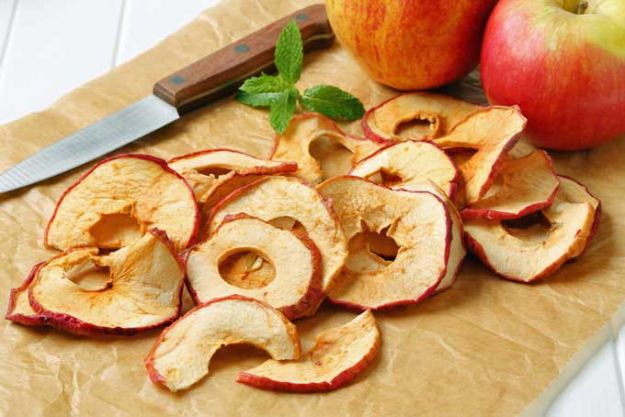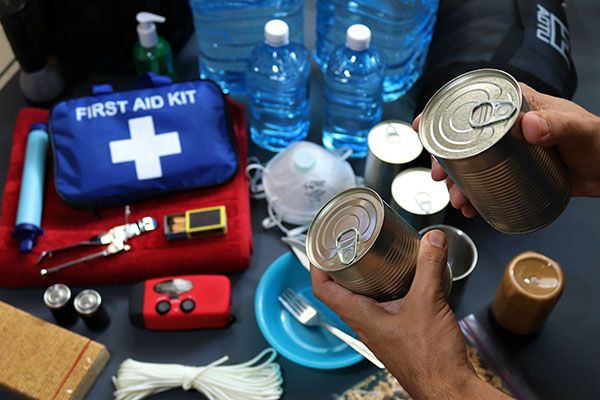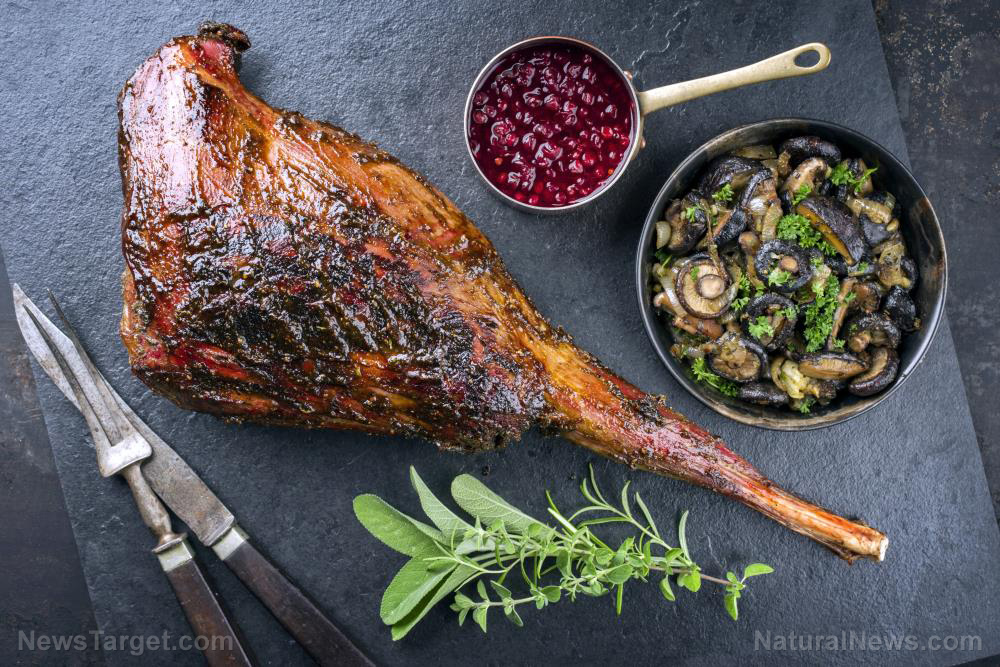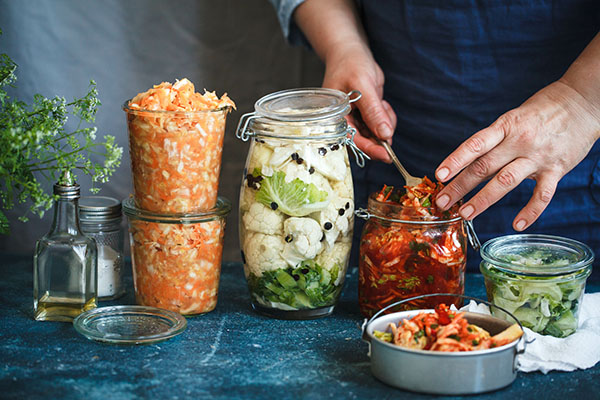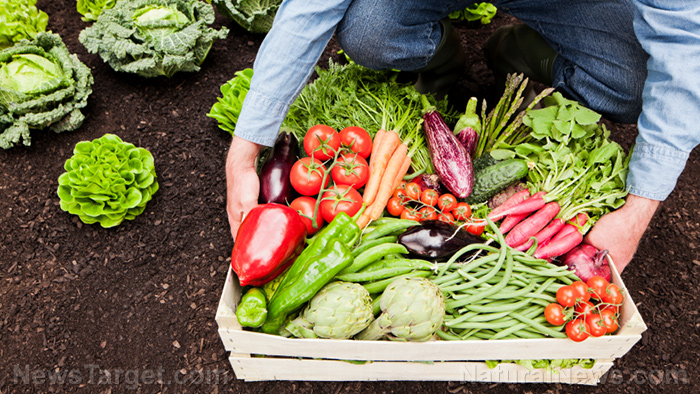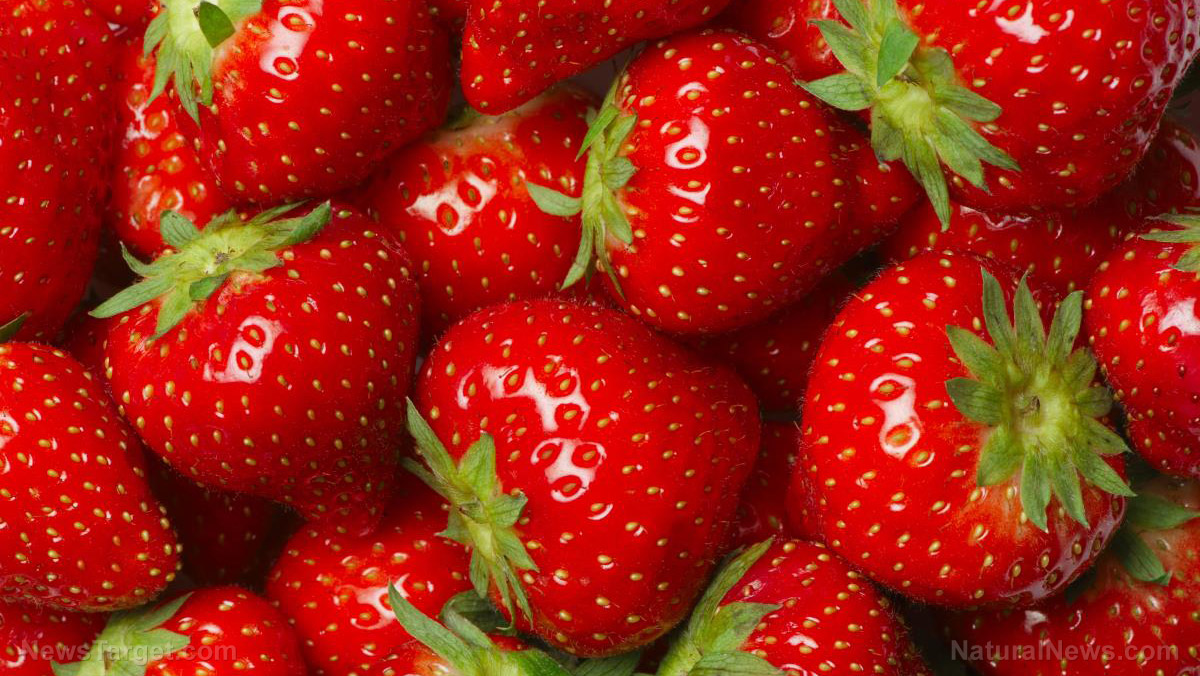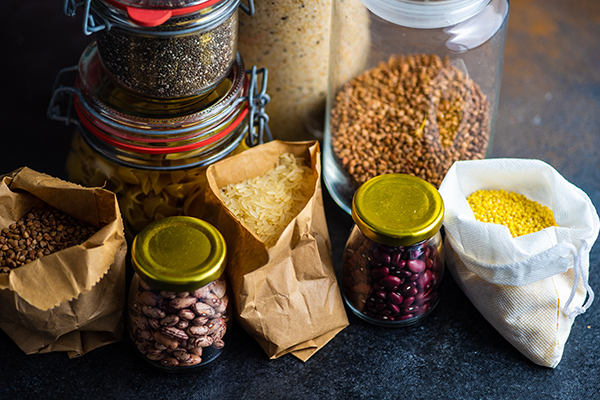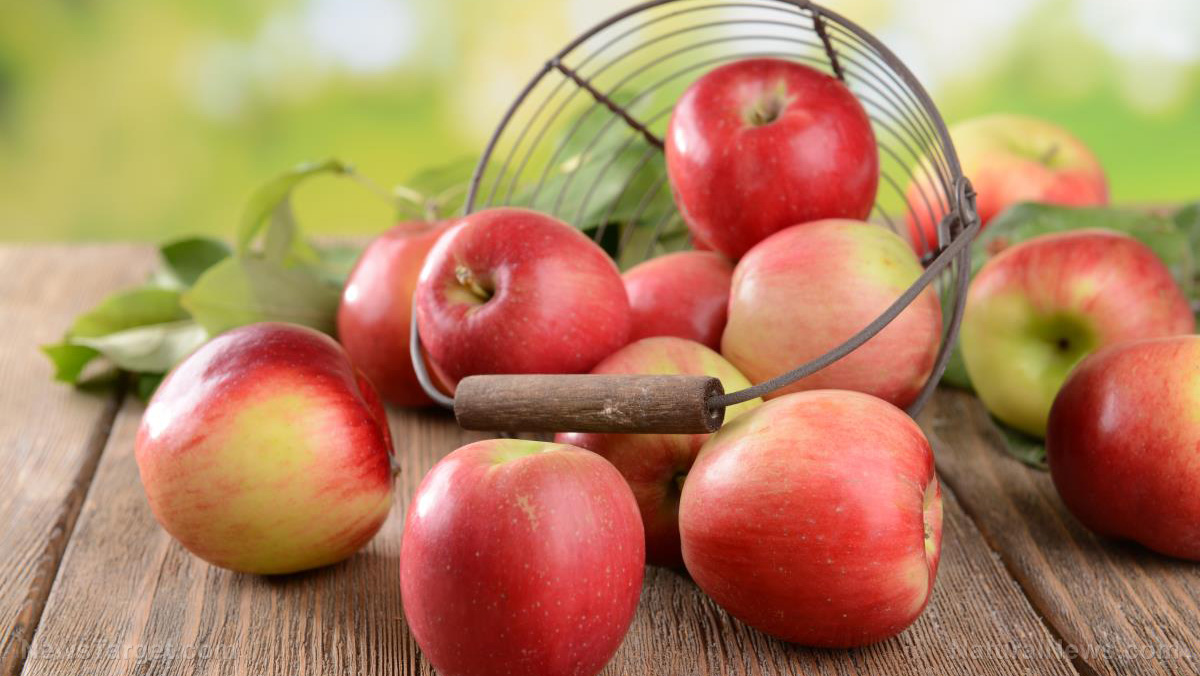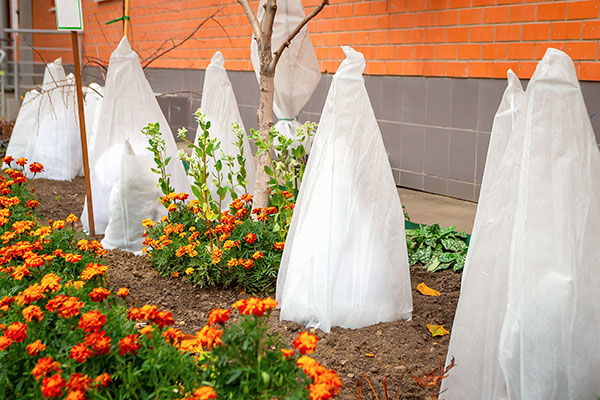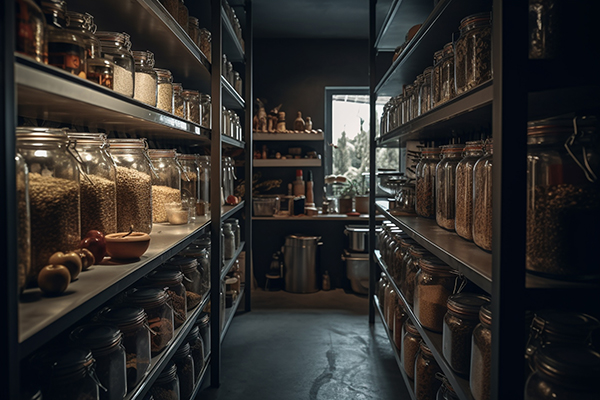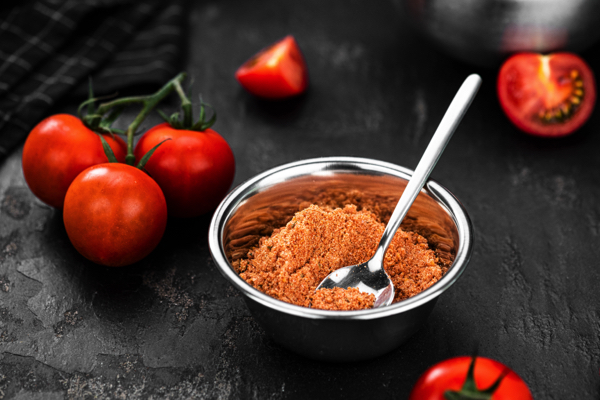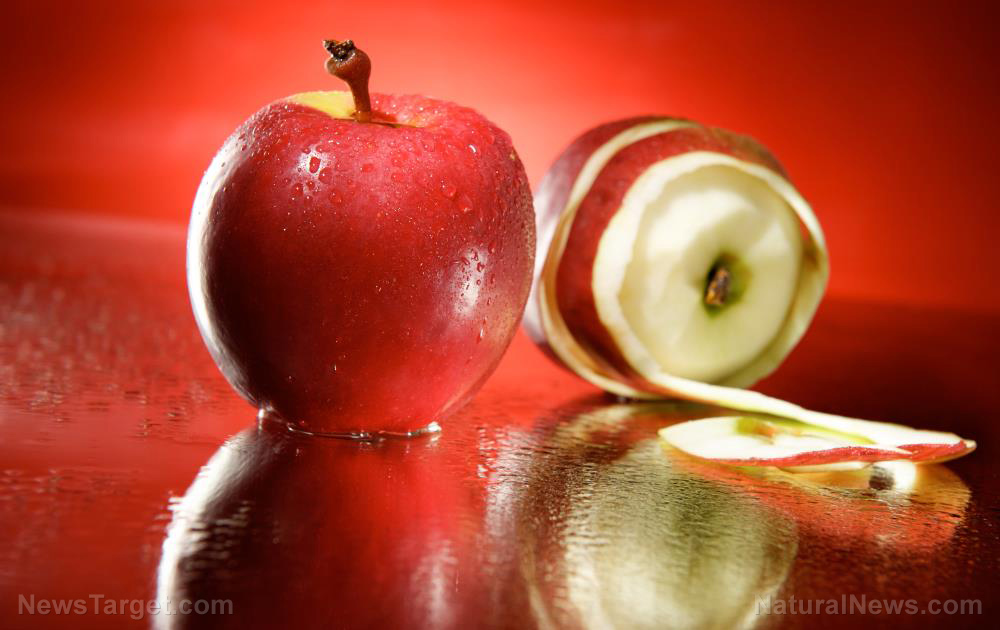Revolutionizing agriculture: The GROW BIOINTENSIVE method unveiled in “How to Grow More Vegetables”
07/06/2025 / By Belle Carter
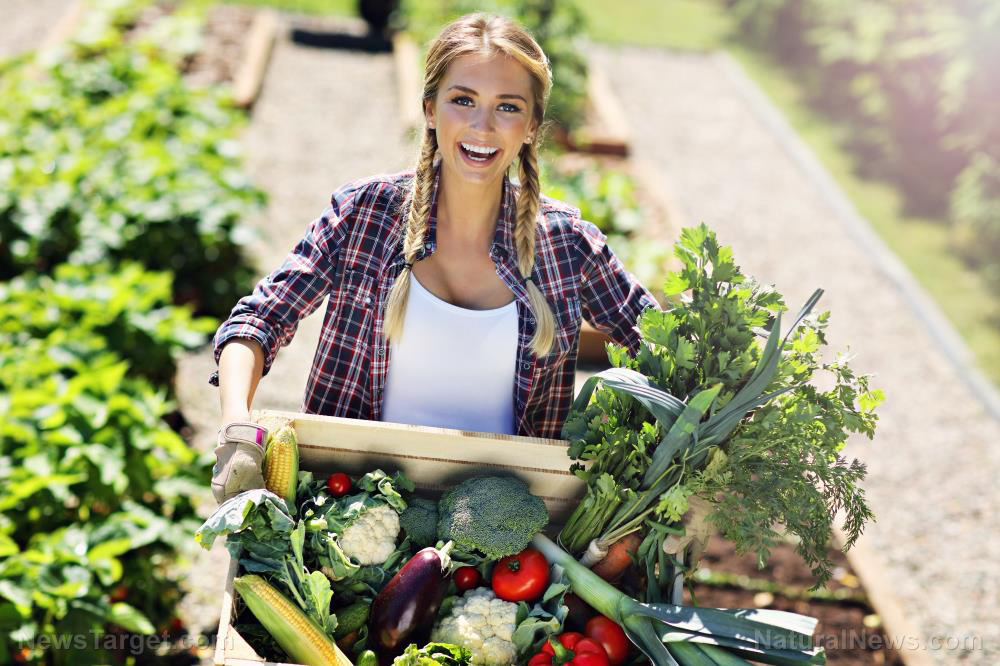
- In the early 1970s, Ecology Action launched grow biointensive sustainable mini-farming to combat environmental degradation from conventional farming, culminating in John Jeavons’ influential book, “How to Grow More Vegetables.”
- In January 1972, Ecology Action’s board approved a Biointensive research and education initiative, securing land and resources with support from Syntex Corporation, Frank Koch, Dr. Alejandro Zaffaroni and horticultural expert Alan Chadwick.
- The method focuses on maximizing food production and regenerating soil health through deep soil preparation, composting, close plant spacing, synergistic planting and growing carbon and calorie crops.
- Grow biointensive farming yields two to six times more food than conventional agriculture, uses less water and energy and addresses global challenges like hunger, malnutrition and soil depletion, offering a sustainable solution for individuals and communities.
- While the method requires significant initial effort and is perceived as labor-intensive, it provides high yields and benefits that outweigh the challenges. It encourages the use of simple tools and is a practical, effective approach to transforming food production and promoting a healthier planet.
In the early 1970s, a visionary nonprofit organization, Ecology Action, embarked on a mission to redefine the future of food production. Their goal was to develop a sustainable and highly productive agricultural method that could combat the environmental degradation caused by conventional farming practices. This quest led to the birth of grow biointensive sustainable mini-farming, a revolutionary approach that has since transformed gardens and mini-farms worldwide. At the heart of this movement is the seminal book “How to Grow More Vegetables” by John Jeavons, which serves as a comprehensive guide to this innovative method.
In January 1972, Ecology Action’s board of directors greenlit a pioneering project: a biointensive research and education initiative. The aim was ambitious yet clear – to teach classes, gather data on the method’s purported fourfold yields, provide land for gardening and disseminate information on the techniques. The organization faced the immediate challenge of finding land, a hurdle they overcame with the generous support of the Syntex Corporation. Syntex offered 324 acres in the Stanford Industrial Park, complete with ample water supply, at no cost.
With initial funding from key supporters like Frank Koch and Dr. Alejandro Zaffaroni, the project gained momentum. The team received invaluable advice from horticultural expert Alan Chadwick, whose lectures inspired them to begin teaching their own classes in spring 1972. This marked the inception of the grow biointensive method, a system that would soon captivate gardeners and farmers globally.
At its core, grow biointensive farming is designed to maximize food production while regenerating soil health. The method is built on several foundational principles:
- Deep soil preparation: This involves double-digging the soil to create a loose, aerated environment that promotes robust root growth and enhances water retention. As Jeavons explains, “Double-digging is the backbone of our method. It allows us to grow more food in less space by creating a healthy, fertile soil environment.”
- Composting: Compost is the lifeblood of this approach. It enriches the soil, improves its structure and provides essential nutrients. “Composting is not just about waste reduction,” Jeavons notes. “It’s about creating a living soil ecosystem that supports plant growth and sustainability.”
- Close plant spacing: By planting crops closer together, the method mimics natural ecosystems, creating a living mulch that suppresses weeds, conserves moisture and fosters a beneficial microclimate. “This is about working with nature, not against it,” Jeavons emphasizes.
- Synergistic planting: Certain plants grow better together and the method leverages these relationships to enhance growth and productivity.
- Carbon and calorie crops: The method emphasizes growing crops that produce both carbon-rich material for compost and high-calorie food, ensuring a balanced and sustainable food system.
The results of grow biointensive farming are nothing short of remarkable. Yields can be two to six times higher than those of conventional U.S. agriculture and in some cases, up to 31 times higher. “The numbers speak for themselves,” Jeavons states. “But it’s not just about quantity. The quality of the food is also exceptional.”
Moreover, the method uses significantly less water and energy than traditional agriculture, making it a more sustainable option. “In a world facing climate change and resource scarcity, this is a crucial advantage,” Jeavons adds.
One of the most compelling aspects of grow biointensive farming is its potential to address global challenges such as hunger, malnutrition and soil depletion. By empowering individuals and communities to grow their own food, the method offers a practical solution to these pressing issues. “It’s about giving people the tools they need to take control of their food production,” Jeavons explains.
While the method offers numerous benefits, it is not without its challenges. The initial effort required to prepare the soil and establish the compost system can be daunting. “It’s a labor of love,” Jeavons acknowledges. “But the key is to start small and focus on making it work.”
Another challenge is the perception that this is a labor-intensive approach. However, Jeavons argues that the yields and benefits more than compensate for the effort. “Plus, the method encourages the use of simple, efficient tools that make the work more manageable,” he adds.
“How to Grow More Vegetables” is a powerful tool for transforming the way we grow food. It combines ancient wisdom with modern science, offering a practical and effective solution to some of the world’s most pressing challenges. Whether you’re a seasoned gardener or just starting, this method provides the tools and knowledge you need to grow more food, regenerate the soil and contribute to a healthier planet.
Learn more about grow biointensive sustainable mini-farming by watching the video below.
This video is from the BrightLearn channel on Brighteon.com.
Sources include:
Submit a correction >>
Tagged Under:
agriculture, diet, farming, food, grow biointensive, health, nutrition, sustainability, vegetables
This article may contain statements that reflect the opinion of the author
RECENT NEWS & ARTICLES
FoodStorage.News is a fact-based public education website published by Food Storage News Features, LLC.
All content copyright © 2018 by Food Storage News Features, LLC.
Contact Us with Tips or Corrections
All trademarks, registered trademarks and servicemarks mentioned on this site are the property of their respective owners.

